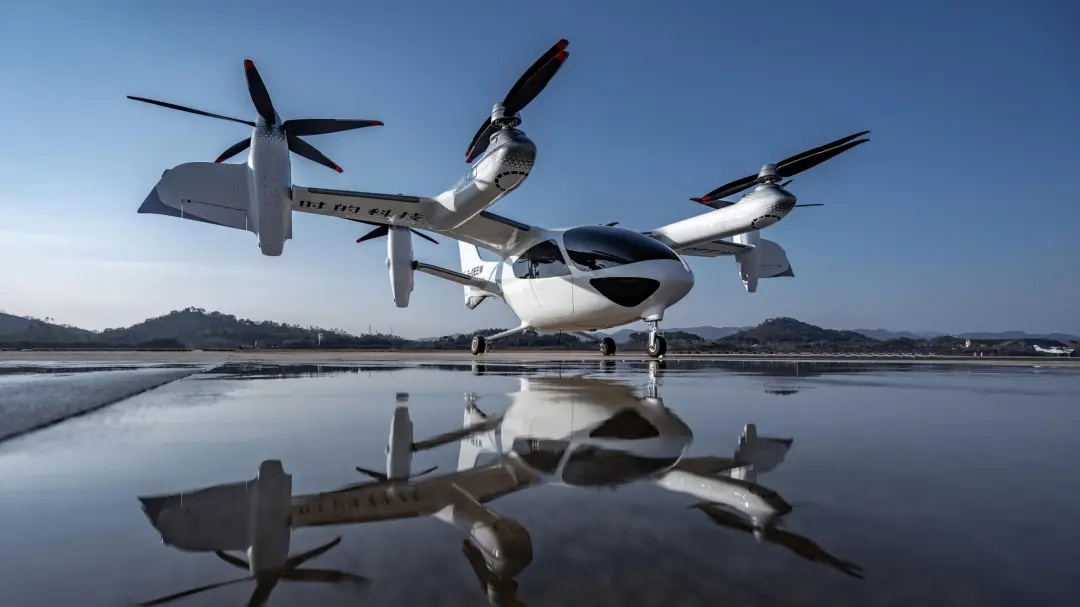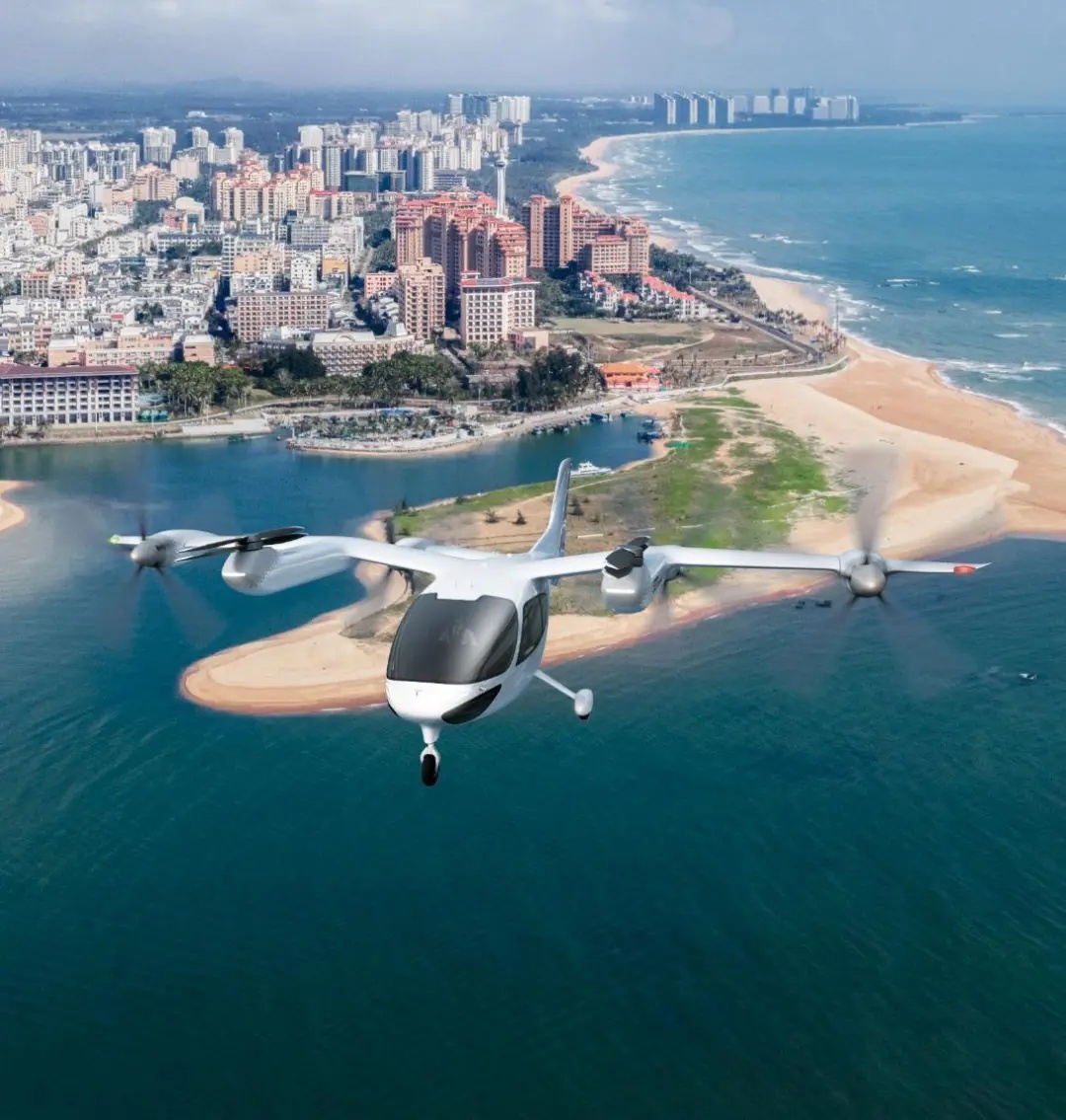Swipe for Chinese version

According to the "Shanghai Low Latitude Economy High Quality Development Plan (2024—2027)," Shanghai will develop into a highland of low latitude economy industry innovation, its commercial application highland and operation service highland. By 2027 its low latitude economy industrial scale will achieve 50 billion yuan and the city will become part of the Yangtze River Delta inter-provincial low latitude air traffic city league.
To achieve this, control of flight cost is judged essential.
The eVTOL, relying on low cost, minimum noise and comfortable interior design, offers a possible solution. The vehicle requires only a 100—200 square-meter clearing on top of a building and a charging pile to achieve take-off and landing.
"A vectored thrust eVTOL is more likely to be widely applicable," said Huang Yongwei, founder of Shanghai TCab Technology Co, the first vectored thrust eVTOL research and development company nationwide.
"And only a vectored thrust eVTOL can offer a price at 3—4 yuan per kilometers that is mostly equivalent to a ground taxis," Huang added.

Currently eVTOLs can be categorized as multi-rotor, lift and cruise, and vectored thrust.
The vectored thrust, considered the next generation of eVTOLs, relies on a rotary rotor to achieve take-off and landing, while reducing aerodynamic drag during level flight, as well as the entire weight of the vehicle. Its research also poses the highest difficulties.
"People said the low latitude economy is at its embryo stage and you are developing the most difficult eVTOL," Huang said.
The company said it once tried the lift and cruise eVTOL, a vehicle type requiring less research effort, but its weighty electromotors can reduce speed and forecast a higher ticket price.
Globally there are six eVTOL listed companies and among them Joby, Archer and Vertical are developing rotary rotor eVTOLs. Domestically, universities with top research capacities in the field —— Northwestern Polytechnical University, Beihang University and Nanjing University of Aeronautics and Astronautics are choosing vectored thrust as the technology to be tackled.
滑动查看中文版
